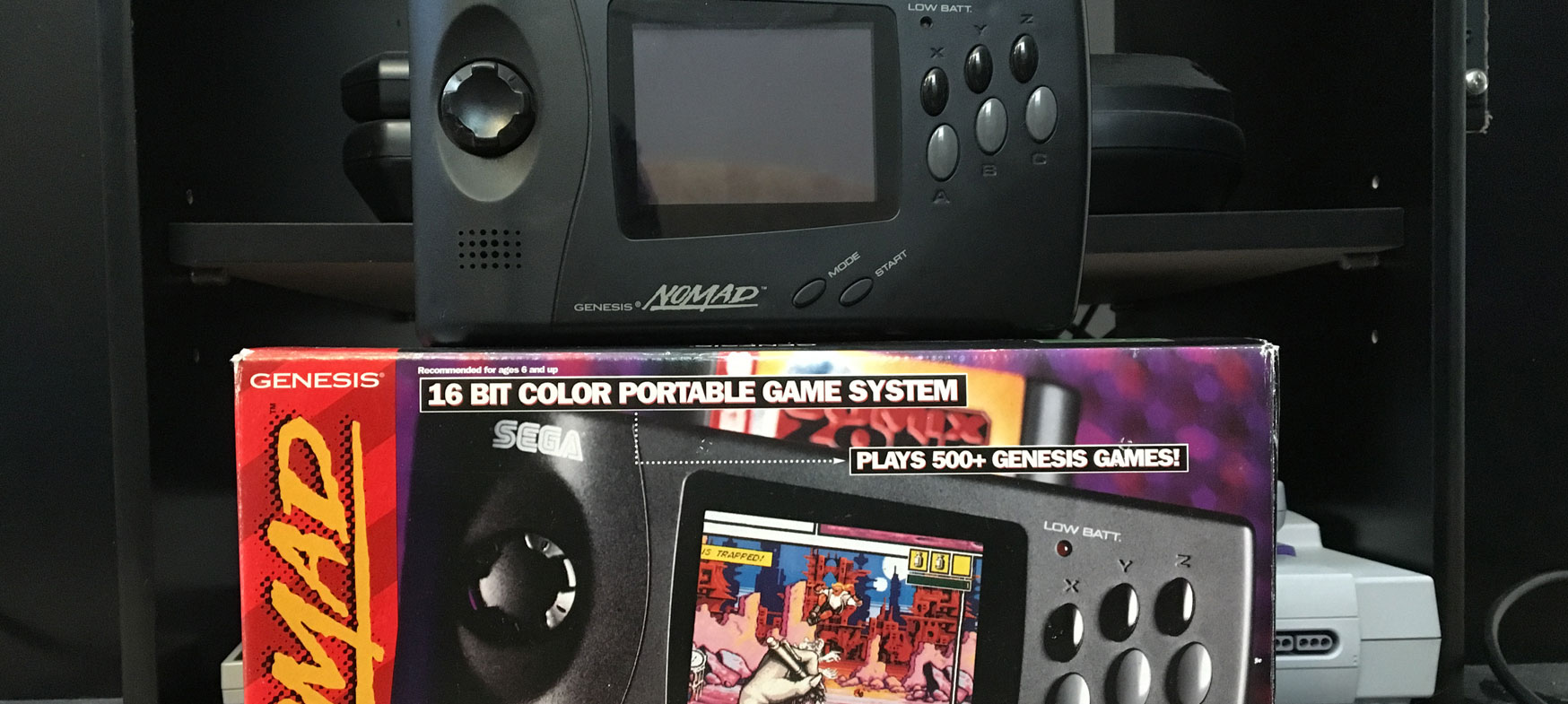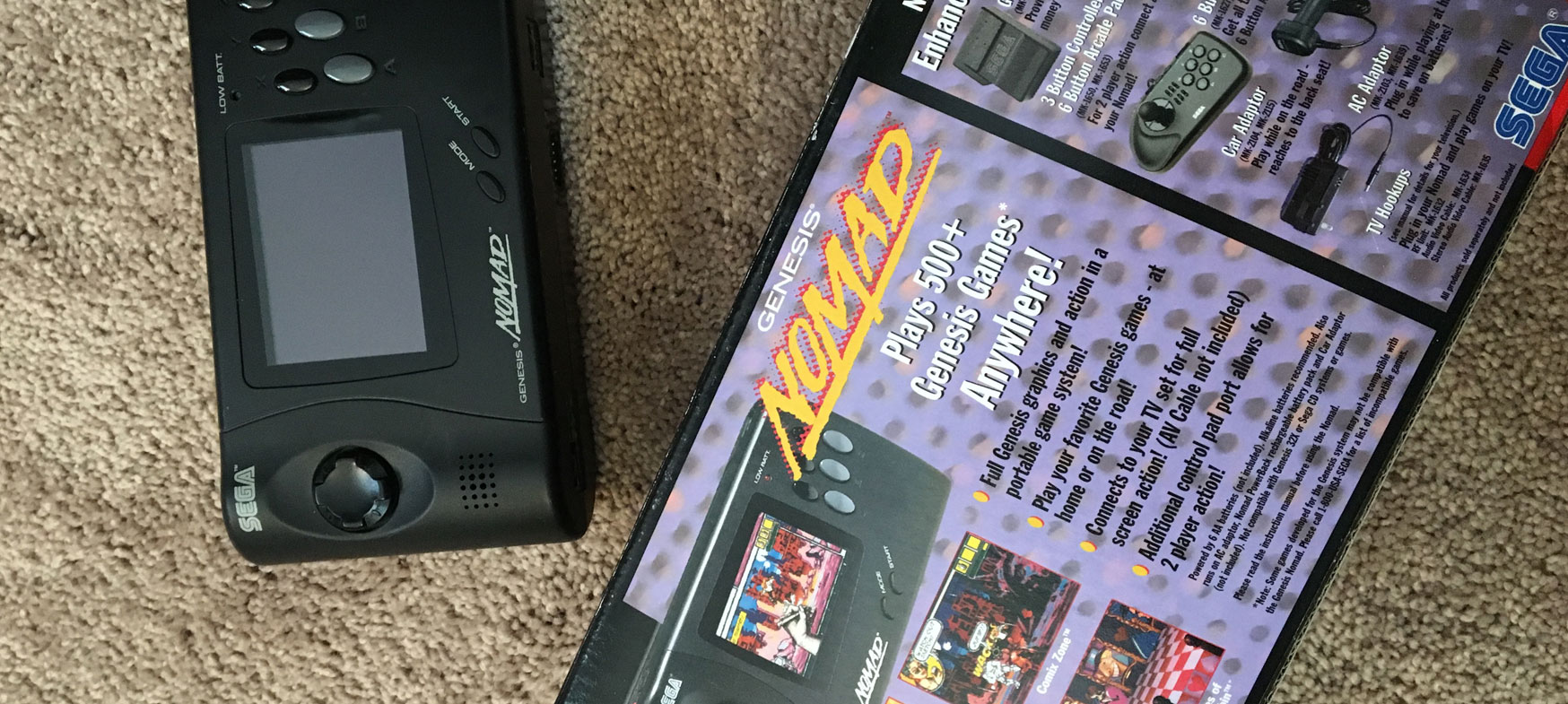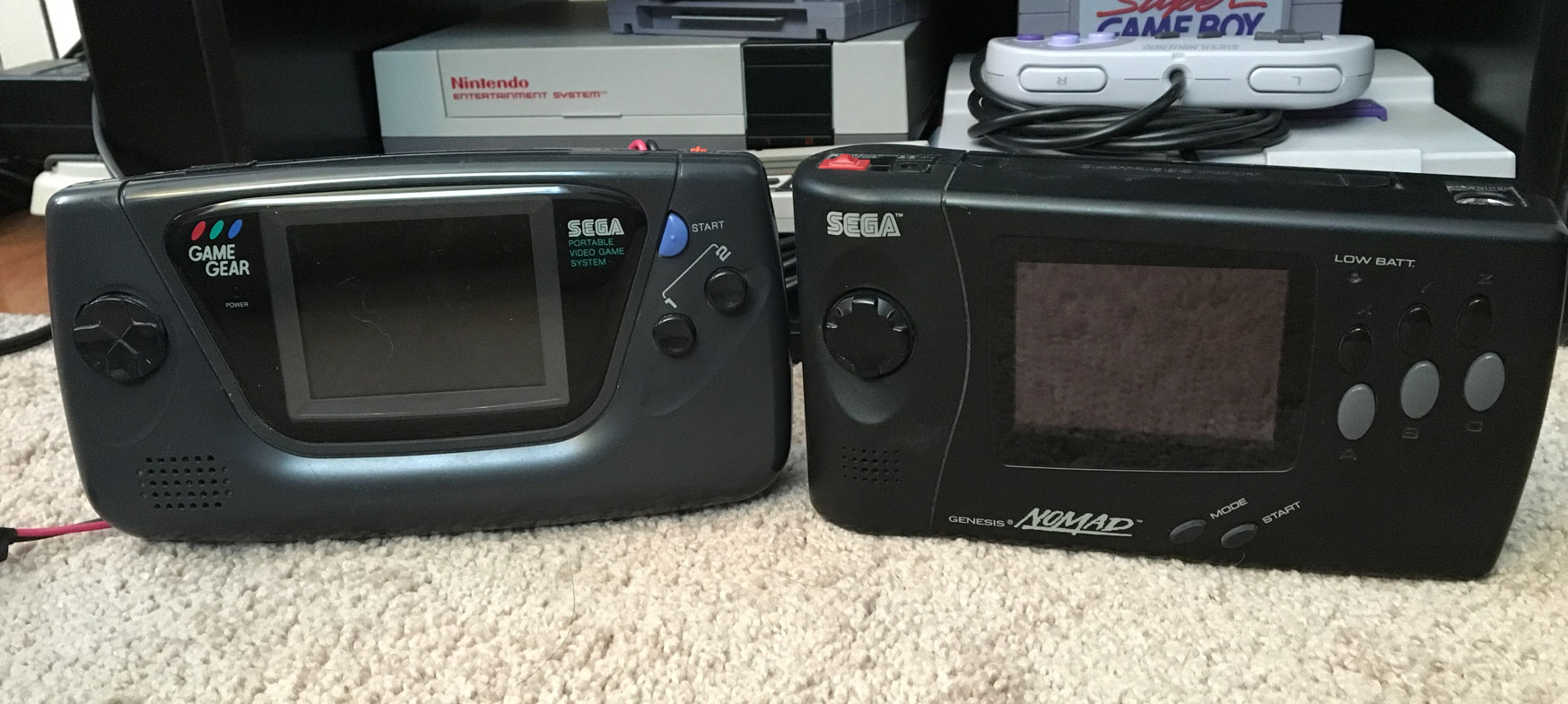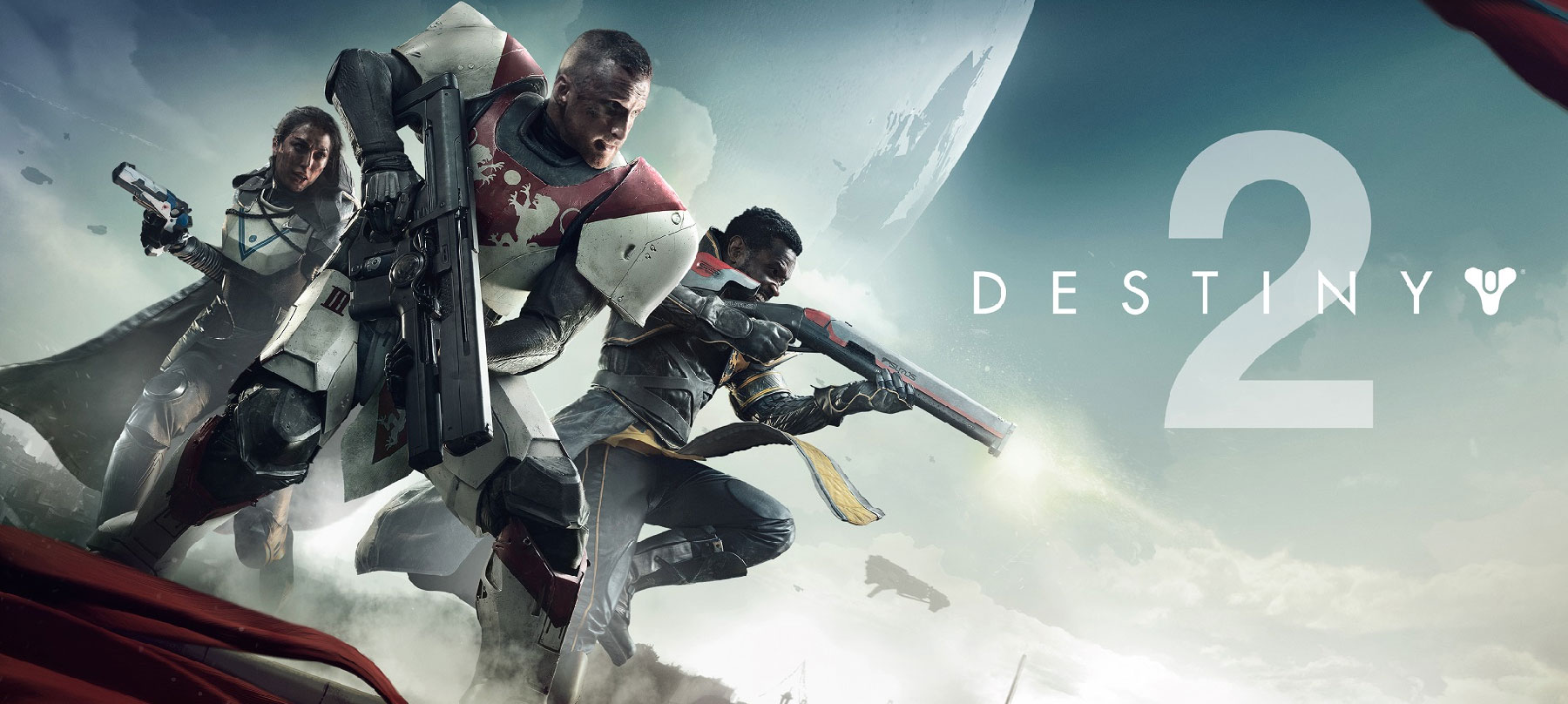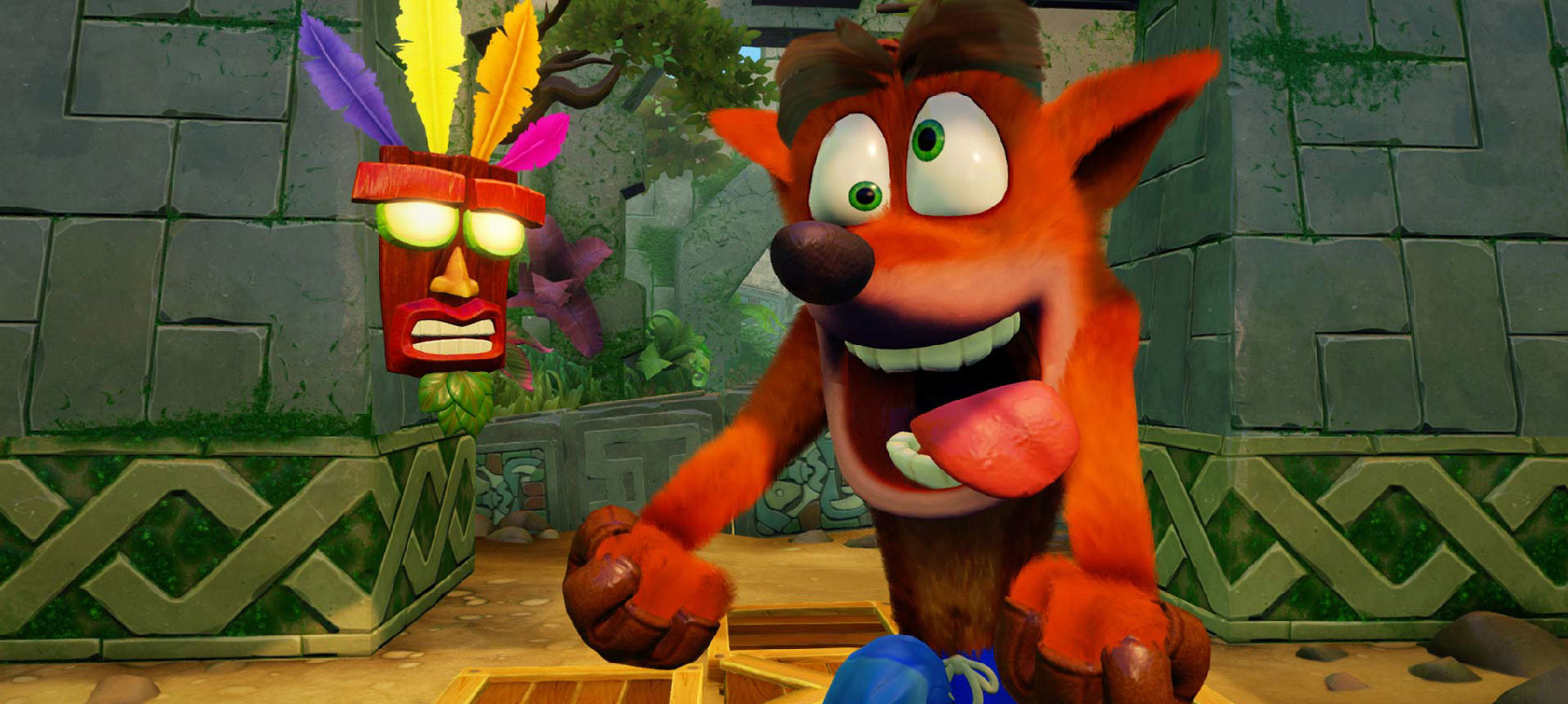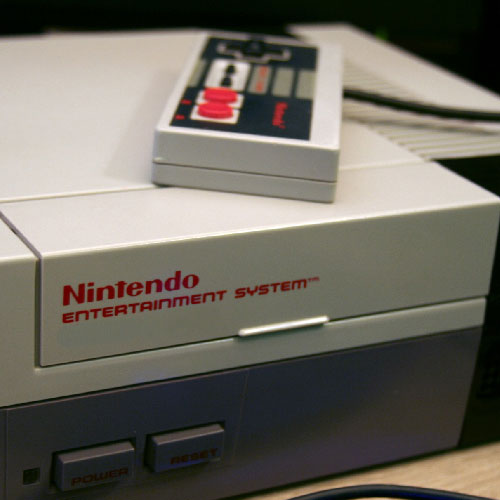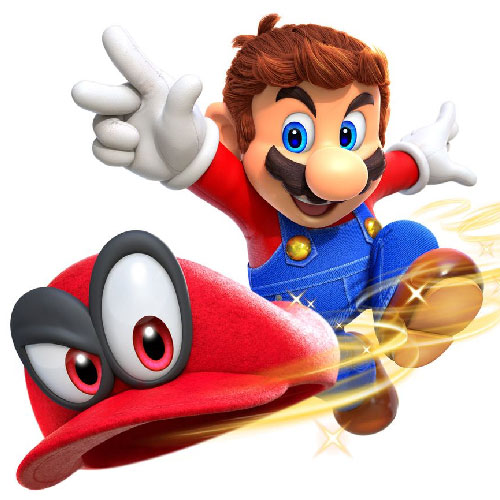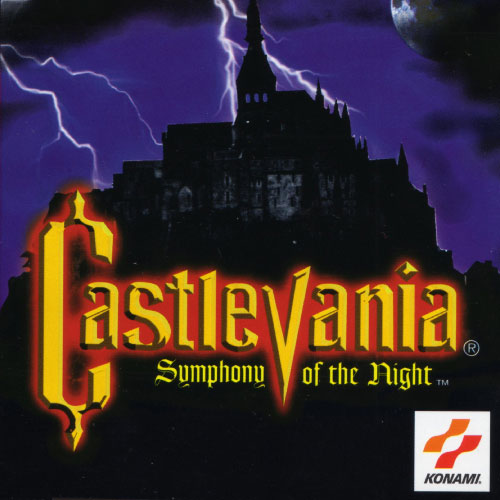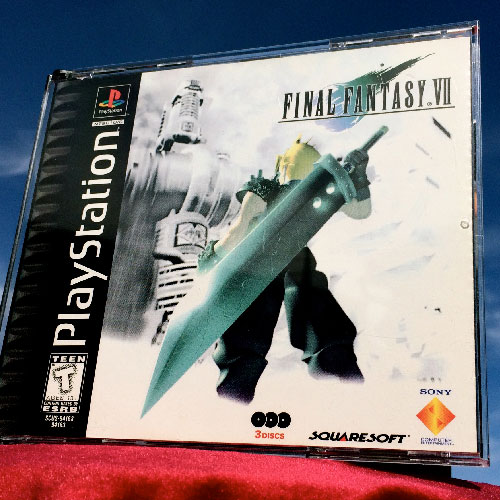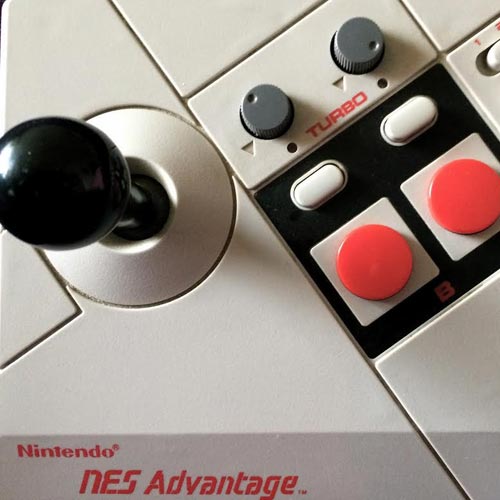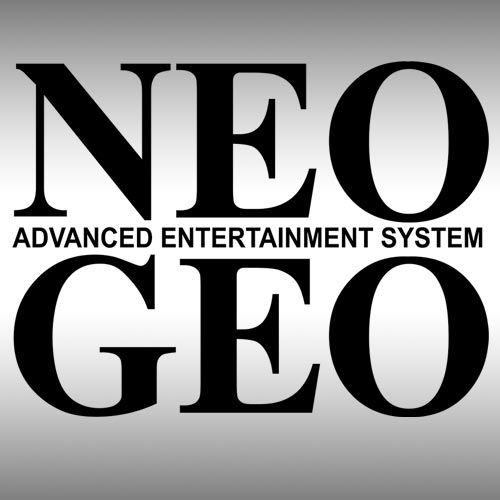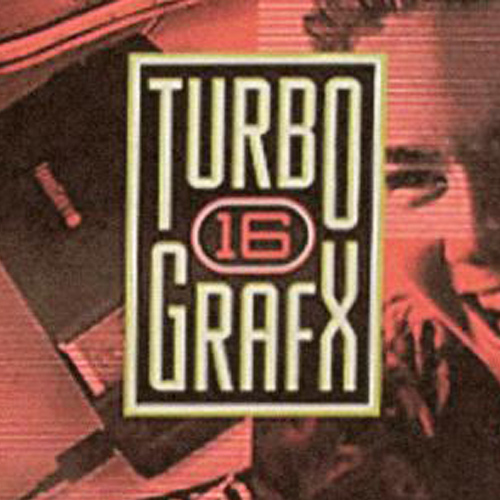Sega Nomad
I don't remember asking my parents for a Nomad, and I'll never know what possessed them to purchase one. However, a very excited kid on Christmas morning in the late 90's unwrapped a Sega Genesis Nomad and promptly began to play it. Six AA batteries and two hours later, it died unexpectedly in the middle of Ecco the Dolphin. A few more packs of batteries and my parents swore they would get the power adapter for it. The Nomad was Sega's final handheld console, a victim of poor sales and even worse battery life. Despite this, the little known system was a capable handheld, could play hundreds of games at launch, and contained support for play on the television.
Released in 1995 in the latter half of the Genesis's life cycle and a few months after the release of the Saturn, the Nomad seemed doomed from the start. The system was meant to capitalize on the expansive Genesis library, which at this point was around 500 games. It was based off the Mega Jet, a handheld capable of playing Mega Drive (the Japanese equivalent of the Genesis) for use on airplanes. Like its predecessor, the Game Gear, the Nomad featured a backlit full color screen, as well as six AA batteries to operate. It also made the leap from 8-bit graphics to 16-bit graphics. The Nomad was unique in that it could hook up to a television and function as a Genesis. It even sported a second control port; you and a friend could play Genesis games together on the go.
Despite the advantages of being a portable console that played home console games, the Nomad faced many challenges. The Nomad sucked down batteries, lasting only two to three hours. This could be remedied by car adapters, wall chargers, and rechargeable battery packs. It was extremely expensive at launch, costing $180, equivalent to $280 today. It couldn't use any peripherals the Genesis could, such as the Lethal Enforcers guns, the 32X, and the Sega CD. Several games did not feature six button controller support, and therefore did not work on the Nomad. There are work-arounds for these titles, which included Decap Attack and Double Dragon 2, by using the Game Genie and specific codes. Early Accolade and EA titles, such as Populous, simply do not work on the console. Games that required use of the reset button, like X-Men, cannot be progressed through, since there isn't a reset button. Poor sales led to the system's discontinuation in 1999, and it boasts the #5 spot on GamePro's Ten Worst Selling Handheld Consoles.
Though it had many shortcomings, the Nomad was special to me. It rarely left my room, where it was plugged in to a small television and a power supply. To me it was my Genesis experience. It was incredibly sturdy and comfortable to hold even in my small hands. The initial disappointment of the batteries constantly dying gave way to excitement at the new titles that I could finally experience. I fell in love with Genesis games such as Tin Head, Sonic The Hedgehog 2, and The Lion King. It was a flawed system, but it looked infinitely better gaming than my Game Boy ever did.

